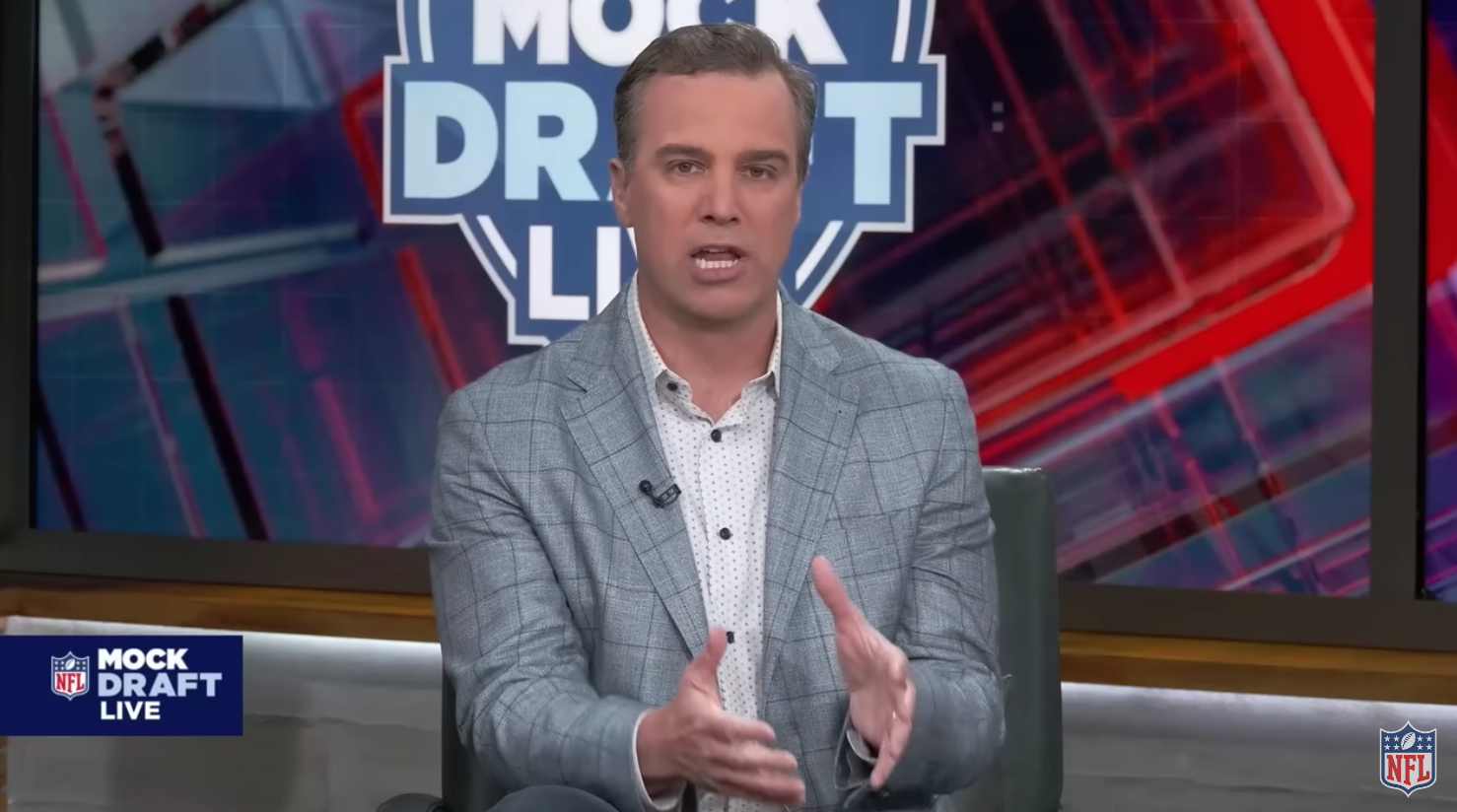The Big 12 may not have been able to make its way into the first College Football Playoff, but it was able to do something no other Power 5 conference has been able to do this season–beat the SEC in College GameDay coverage.
While the lack of a conference title game may have held the Big 12 back from the Playoffs, the benefit of having six teams playing on the same day — while every other Power 5 conference had two — was enough to upend the SEC’s reign.
Additionally, assuming the aforementioned GameDay “homefield advantage”, as well as ESPN’s interests in promoting Sunday’s College Football Playoff Selection Show, a return to Big 12 country would be an important step in driving the weekend’s predominant TCU vs. Baylor narrative (which, of course, ultimately wouldn’t matter).
Still, considering the Big 12 had garnered less than a minute of airtime each of the last two weeks, the result is quite a coup. The full results:
Big 12: 34:53
Big Ten: 18:56
SEC: 17:11
ACC: 15:38
Non-Power 5: 10:15
Pac-12: 5:42
With the big-time jump for the Big 12, the parity in the season total is remarkable. Here is the chart without the SEC included:
All of the conferences, from the Big Ten to Non-Power 5, are separated by less than 19 minutes, or less than 3 minutes difference per airing. But when you add the SEC:
Almost two full hours of airtime separates the SEC and Big Ten, and the SEC did finish the Power-5 season with just over twice the coverage as the next closest conference. Per episode, the SEC received an average of 32:21 of airtime, while the Big Ten received 15:32.
By percentage of total airtime, the Southeastern Conference has received fully one-third, leaving the four other Power 5 conferences and cumulative Non-Power 5 to battle for a virtual split of the remaining two-thirds:
Even with the show in Waco and the Big 12’s “upset”, it was not enough to overcome the stranglehold on coverage the SEC has built the last seven weeks.
In the first “College Gameday On The Clock”, the question posed was whether College GameDay was, as host Chris Fowler described, a “show [that] goes where the biggest games are” or alternatively, a narrative vehicle for the network.
The data has confirmed that a single conference received significantly more airtime than the others on College GameDay this season. While site-selection appears to be the largest factor in this disparity (with two SEC-hosted GameDays each garnering approximately 1 hour of coverage for the conference), the SEC still received more coverage in East Lansing and Morgantown than the host conferences. And on the SEC’s “Cupcake Saturday” the conference received more coverage than any other Power 5 conference, including the Big 12, which had the most matchups that day between ranked teams.
No matter the ultimate reasons for why, as a show that offers an opportunity to drive perception to nearly 2 million viewers per week, saying the show simply “goes where the biggest games are” is probably underselling its narrative power, as seen this week with the Big 12 and the College Football Playoff.
While the Power 5 season is over, College GameDay’s is not.
GameDay has announced that it will air from Baltimore, Maryland, for the Army-Navy Game this weekend (which is the only game in FBS), and will likely also broadcast from either Pasadena or New Orleans on January 1st, followed by the College Football Playoff National Championship Game in Dallas on January 12th.











Comments are closed.